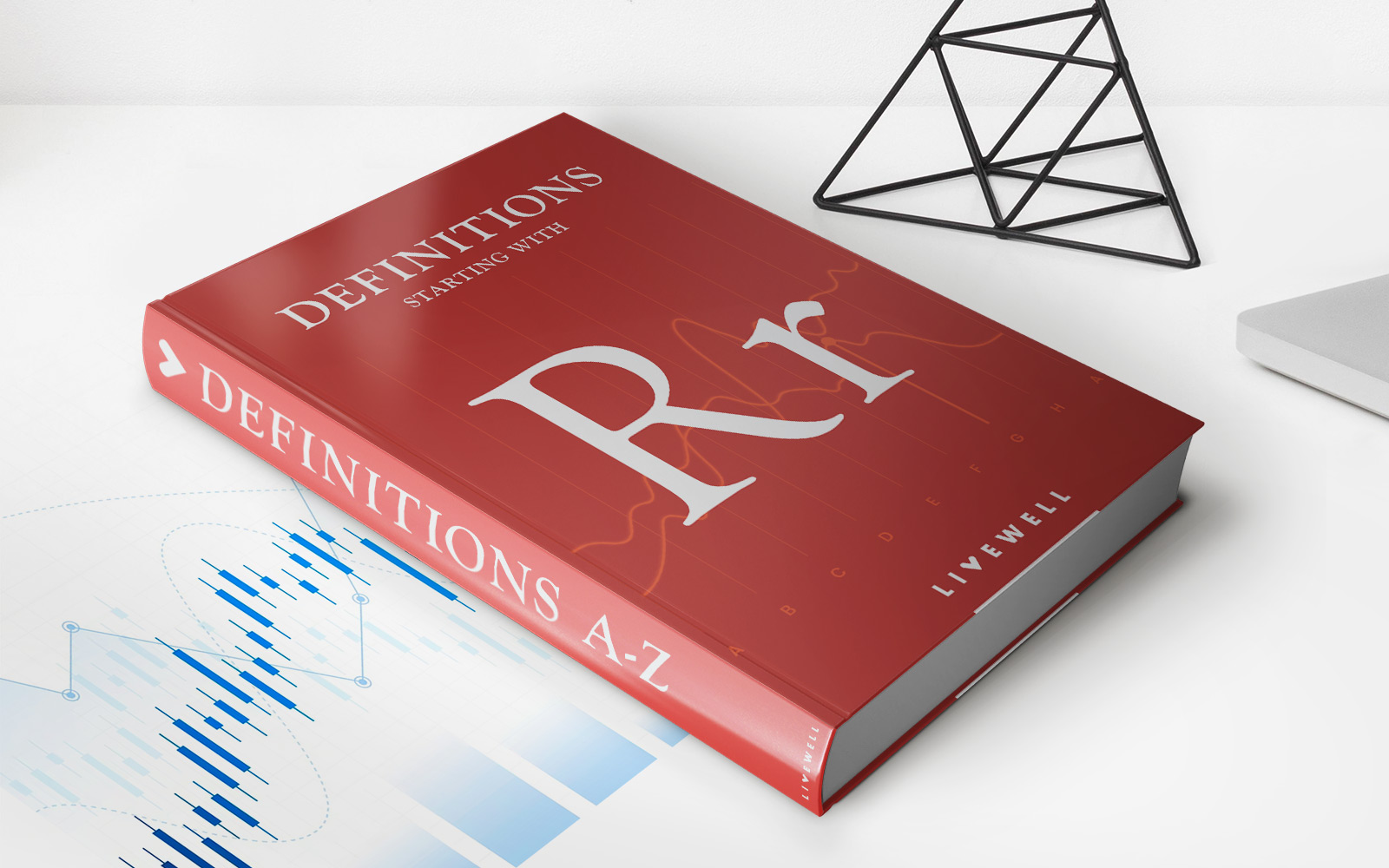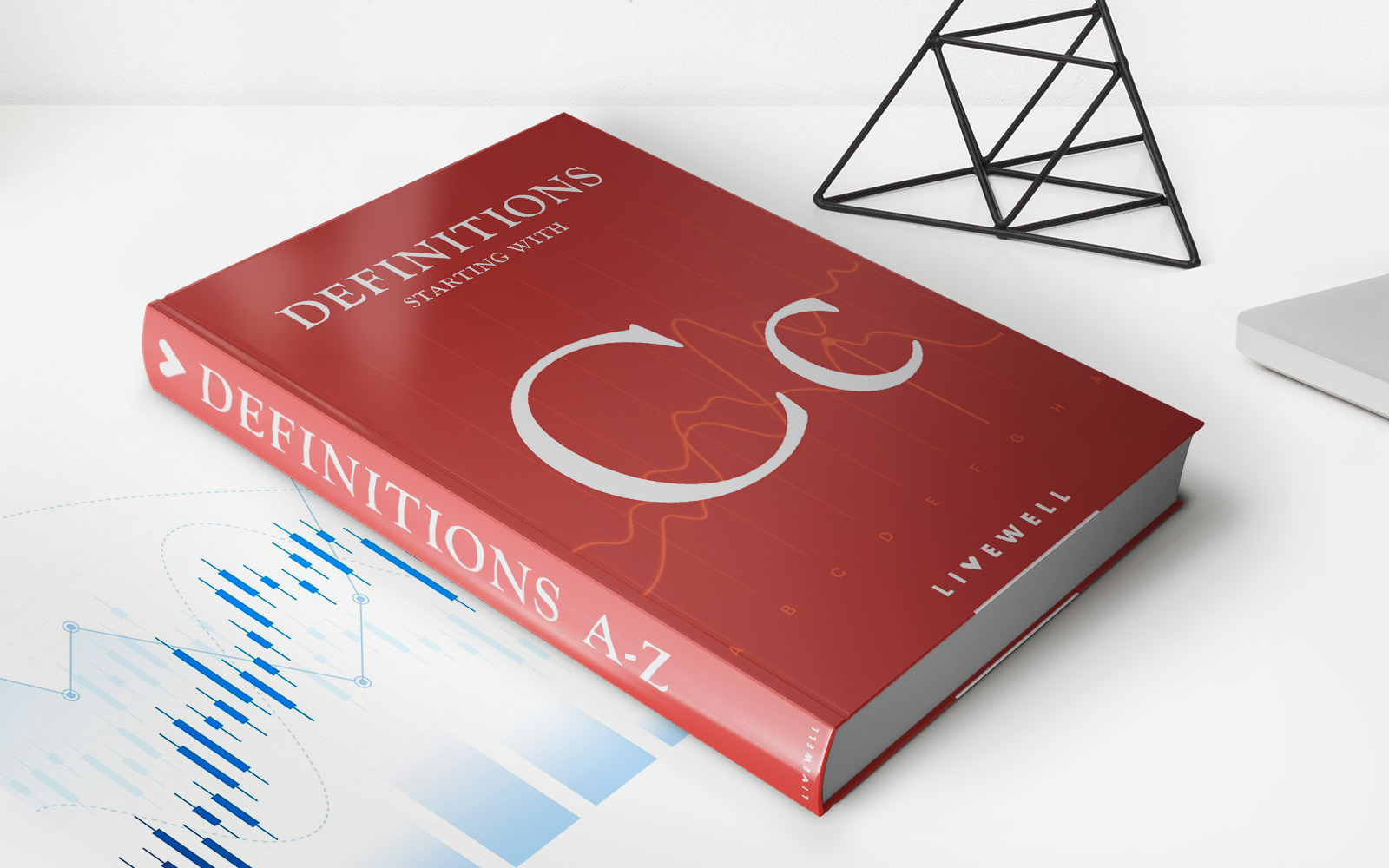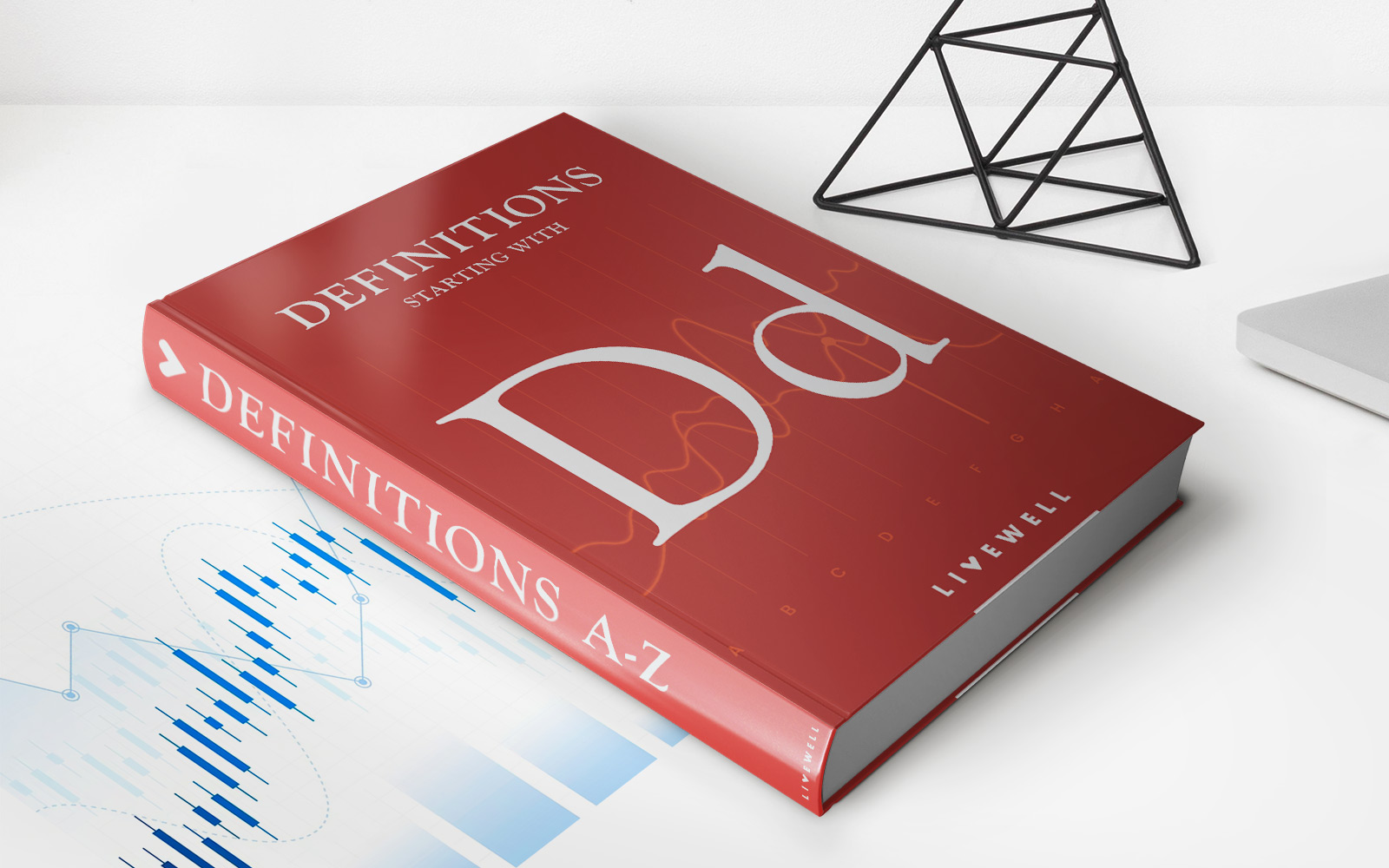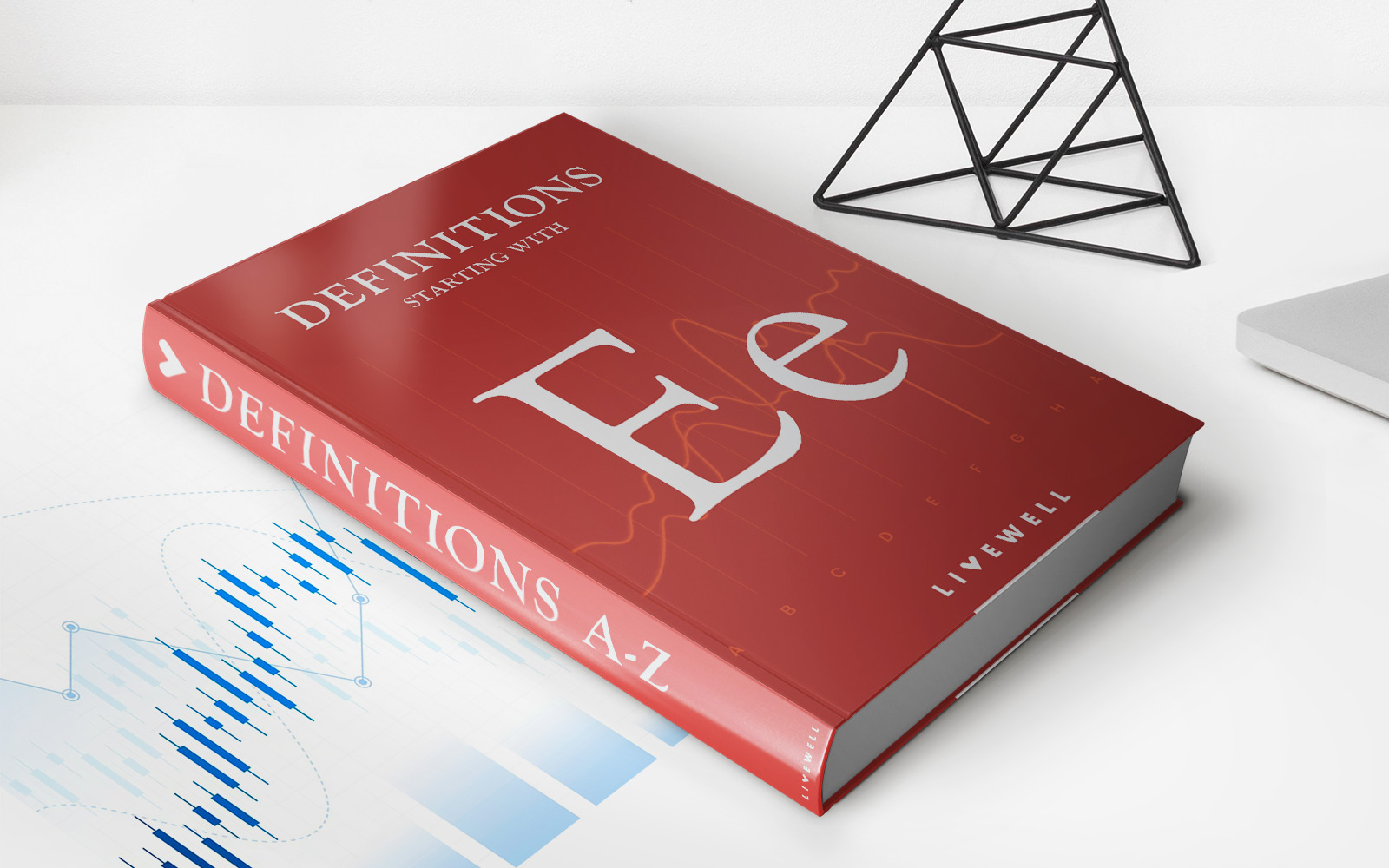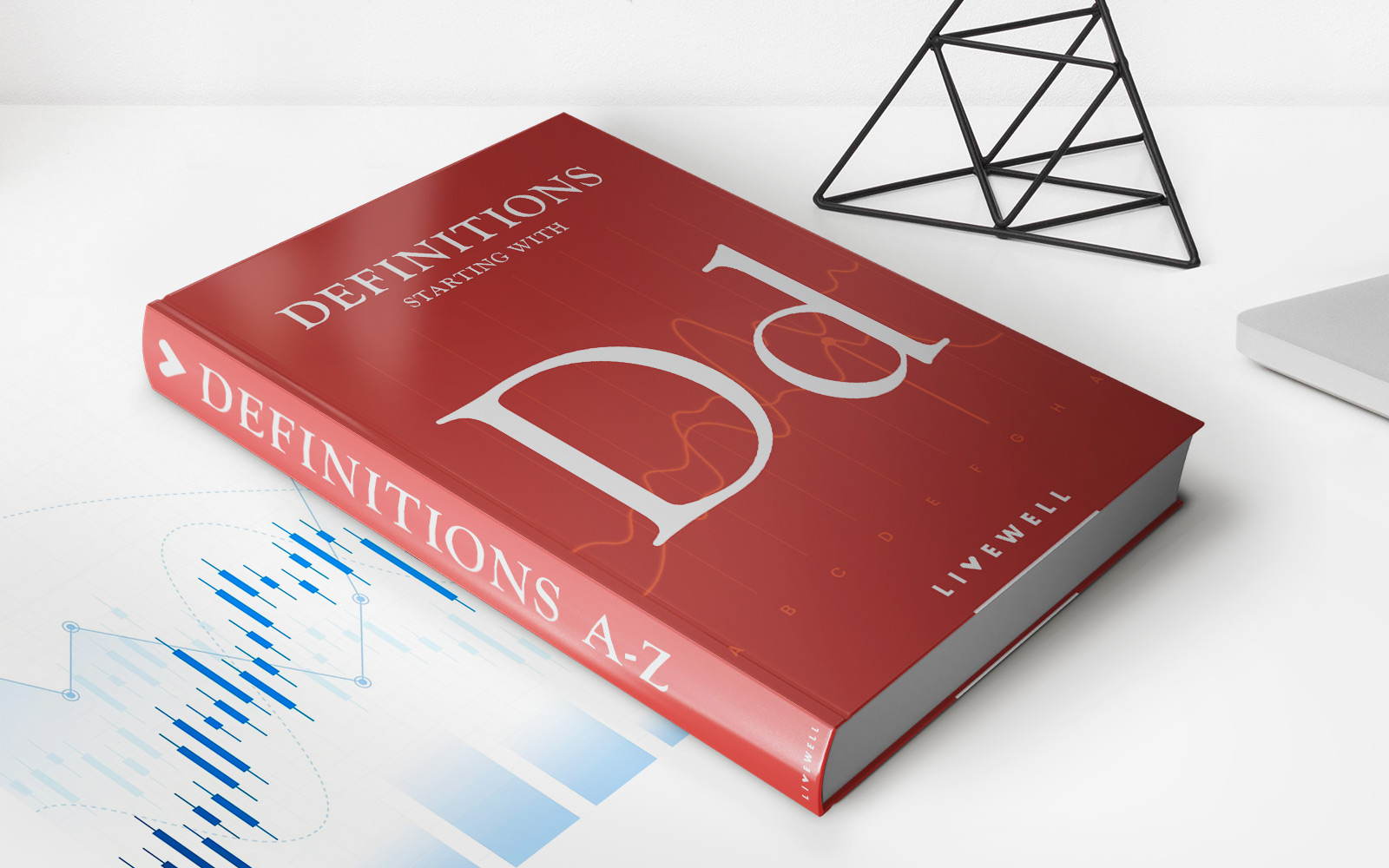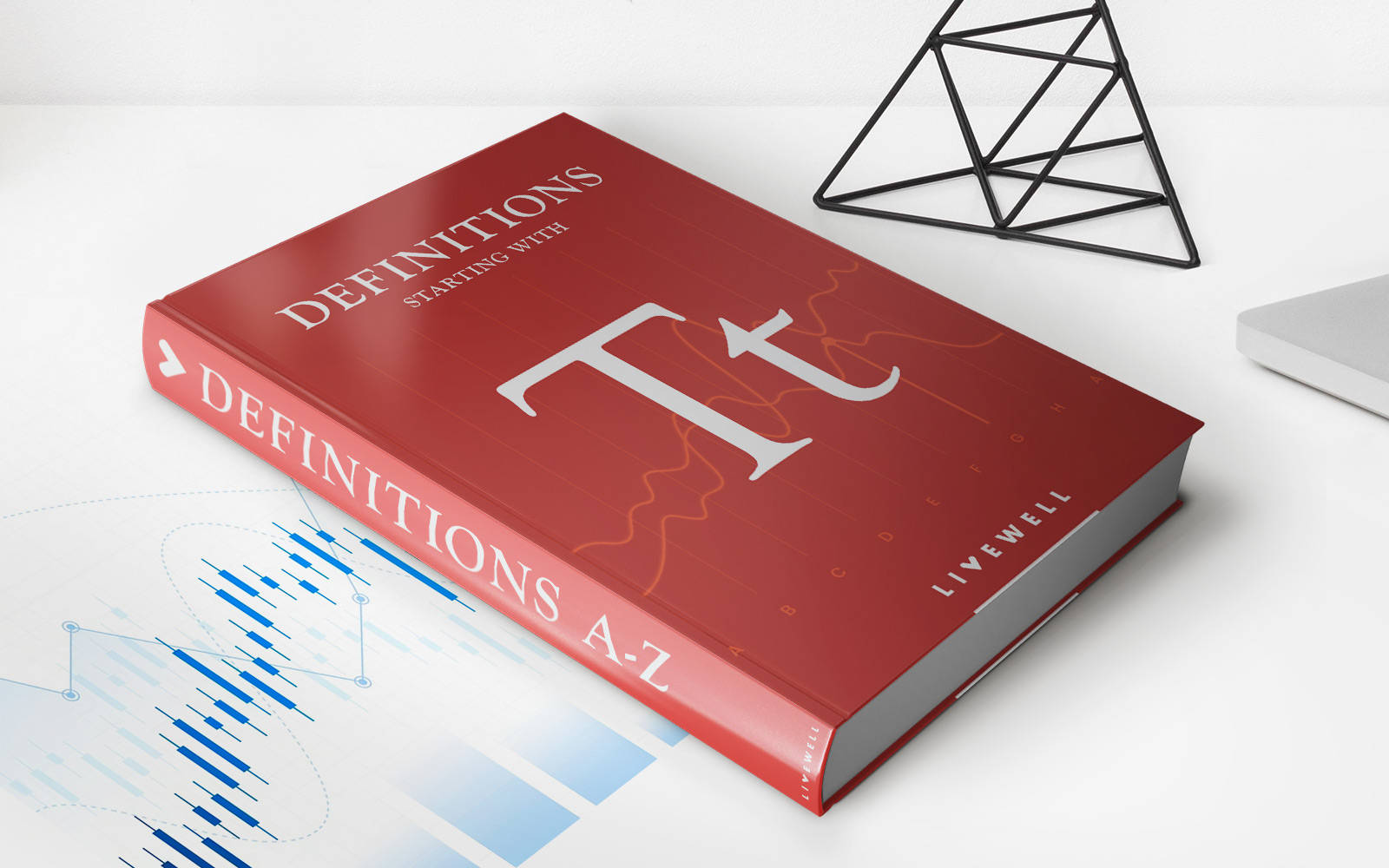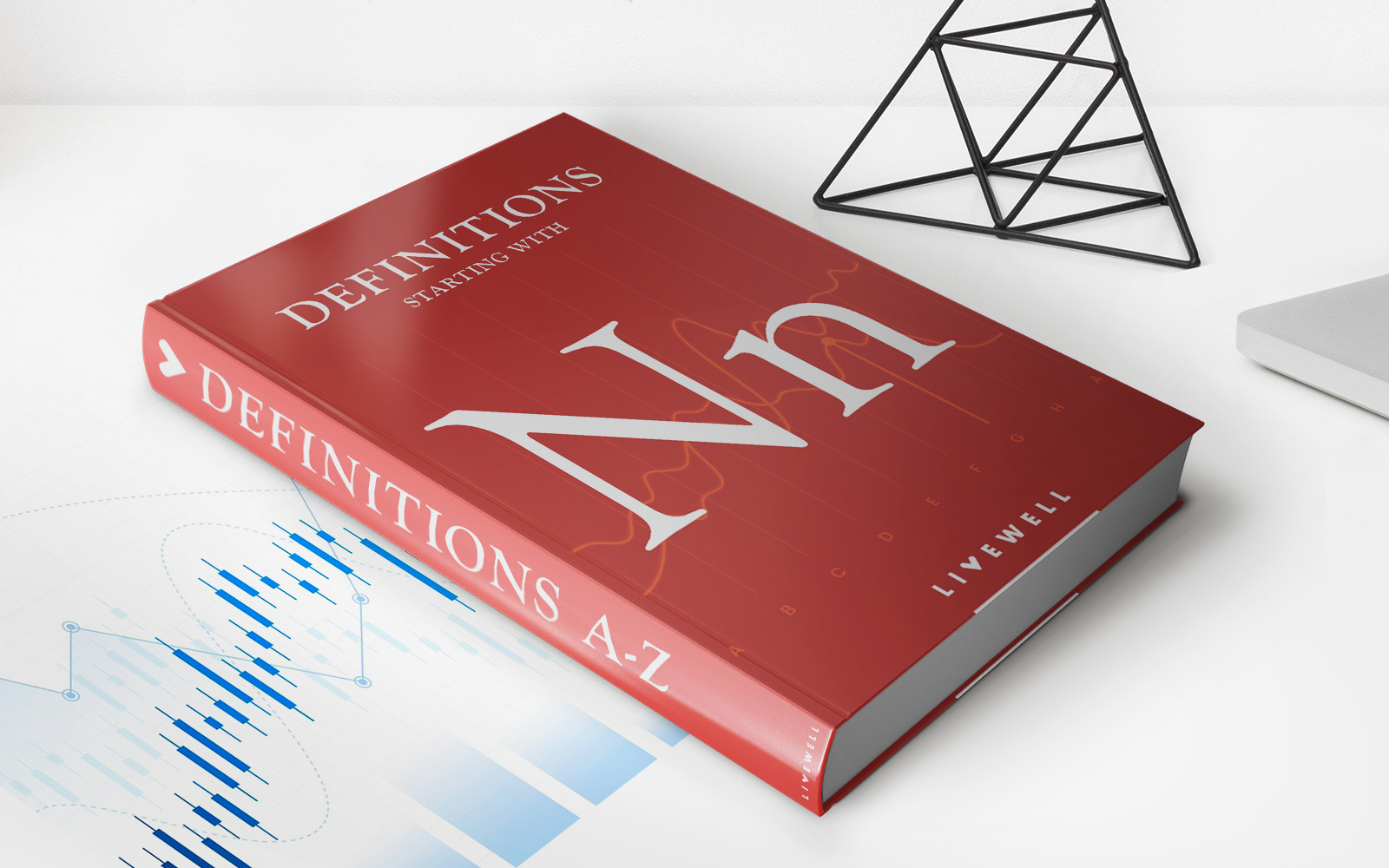Home>Finance>Sacrifice Ratio In Economics Definition, Example
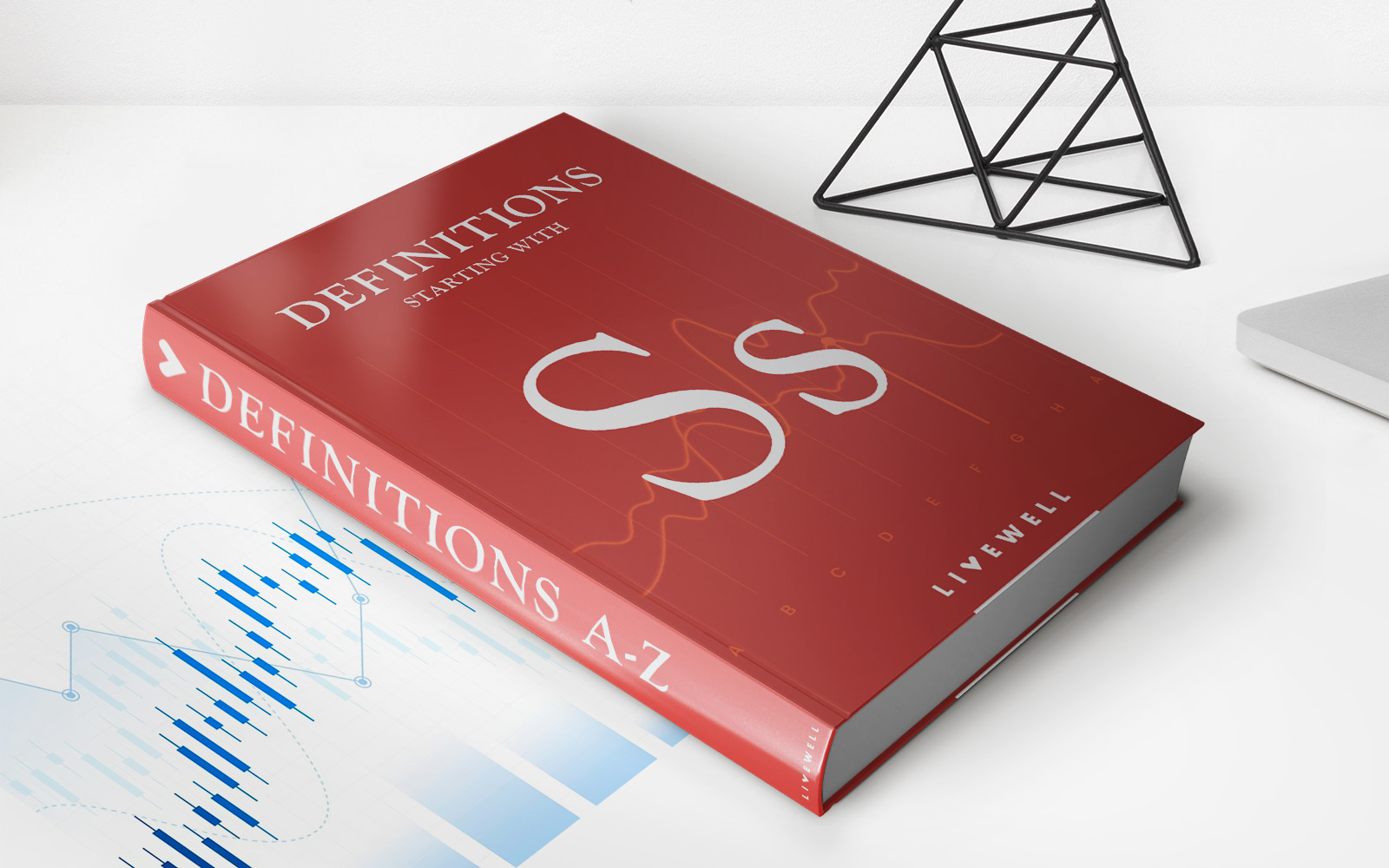

Finance
Sacrifice Ratio In Economics Definition, Example
Published: January 23, 2024
Learn the definition and example of sacrifice ratio in economics. Understand its significance in the world of finance.
(Many of the links in this article redirect to a specific reviewed product. Your purchase of these products through affiliate links helps to generate commission for LiveWell, at no extra cost. Learn more)
Sacrifice Ratio: Understanding its Definition and Example in Economics
Welcome to the “FINANCE” category on our page! In this blog post, we are going to explore an essential concept in economics known as the Sacrifice Ratio. If you’ve ever wondered what this term means and how it relates to the world of finance, you’re in the right place! Keep reading to gain a solid understanding of the Sacrifice Ratio and discover its practical implications.
Key Takeaways:
- The Sacrifice Ratio is a measure that quantifies the economic costs of reducing inflation by a specific amount.
- It is used by policymakers to assess the trade-off between low inflation and economic output.
So, what exactly is the Sacrifice Ratio? In economics, the Sacrifice Ratio refers to the level of output that an economy must give up in order to achieve a desired reduction in inflation. This concept comes into play when policymakers make decisions on monetary policy, as it helps them assess the costs associated with reducing inflation.
Reducing inflation is often a goal for central banks, as high inflation can have detrimental effects on an economy. However, reducing inflation comes with a cost – the Sacrifice Ratio measures this cost. Essentially, it quantifies the trade-off between lower inflation and lower economic output.
The Sacrifice Ratio is calculated by dividing the percent reduction in output by the percent reduction in inflation. For example, if a 1% reduction in inflation leads to a 2% decrease in output, the Sacrifice Ratio would be 2 (2% output reduction divided by 1% inflation reduction).
It’s important to note that the Sacrifice Ratio is not a fixed number and can vary depending on the specific circumstances of the economy. Factors such as the level of inflation, the flexibility of prices, and the structure of the economy all influence the Sacrifice Ratio. Therefore, it’s crucial for policymakers to consider these variables when making decisions on monetary policy.
Example:
Let’s look at a hypothetical example to better understand the Sacrifice Ratio. Imagine an economy with an inflation rate of 8%. The central bank decides to implement policies to reduce inflation to 4%. After implementing these measures, the economy experiences a decrease in output from 5% to 3%. To calculate the Sacrifice Ratio in this case, we divide the percent reduction in output (2%) by the percent reduction in inflation (4%); therefore, the Sacrifice Ratio is 0.5.
What does this Sacrifice Ratio of 0.5 mean? It indicates that for every 1% decrease in inflation, the economy had to sacrifice 0.5% of its output. This suggests that there was a relatively low cost associated with reducing inflation in this particular scenario.
Understanding the Sacrifice Ratio allows policymakers to make informed decisions based on the trade-offs between inflation reduction and economic output. By quantifying the costs, policymakers can evaluate the potential benefits and risks of implementing certain monetary policies.
In conclusion, the Sacrifice Ratio is an essential economic concept that helps policymakers assess the costs of reducing inflation. By understanding this ratio and its implications, individuals in the world of finance can gain valuable insights into the decision-making processes of central banks and the potential effects on the economy.
We hope this blog post has provided you with a clear definition and example of the Sacrifice Ratio. If you have any questions or need further clarification, feel free to reach out to us! Dive deeper into the “FINANCE” category on our page for more informative blog posts on various finance-related topics.
